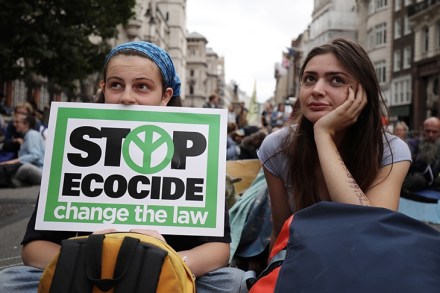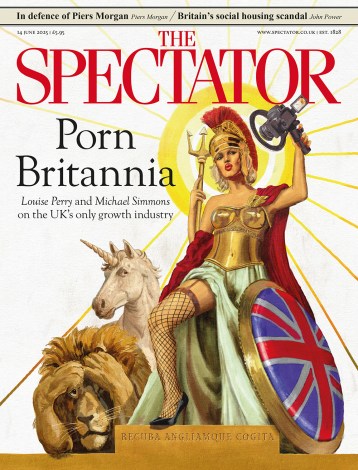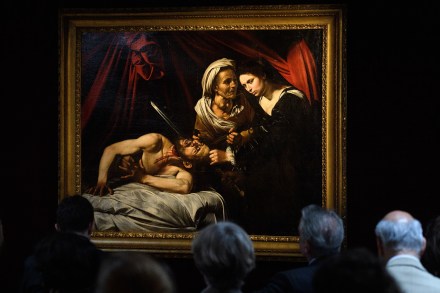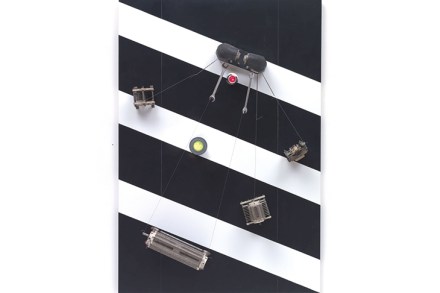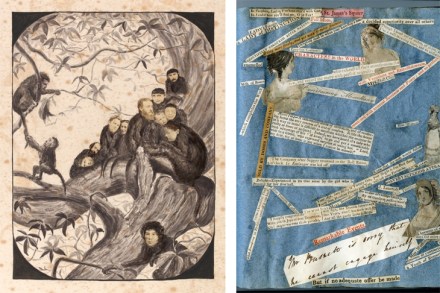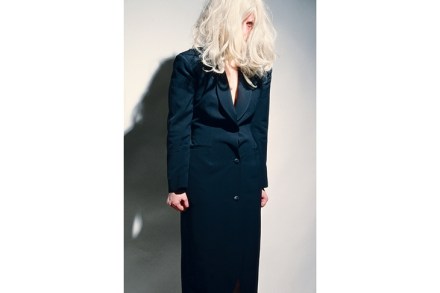Saints and sinners | 18 July 2019
I’m beginning to feel like Donald Sutherland in Invasion of the Body Snatchers: almost the last person on Earth who hasn’t been assimilated by the evil, shapeshifting, floral pod creatures from outer space. Losing my comrade Christopher Booker the other day didn’t help. Nor did turning to the once robustly sceptical Sun newspaper this morning to find a spread on how to cut your carbon footprint and recycle. The final ‘reeeee!’ moment (fans of the movie will get the reference) will no doubt come when I next bump into Matt Ridley and he tells me: ‘We really must heed the wise things the Prince of Wales and Greta Thunberg are
